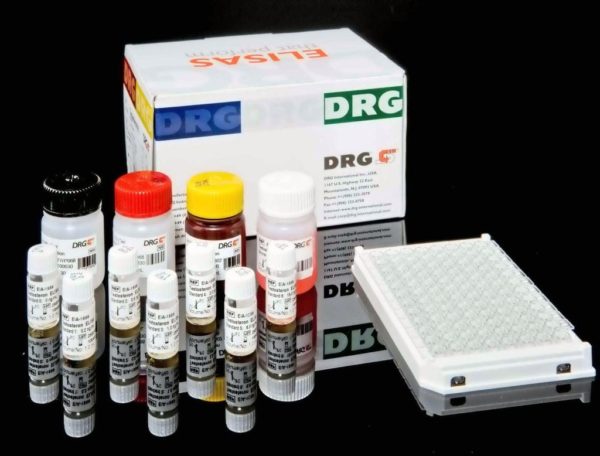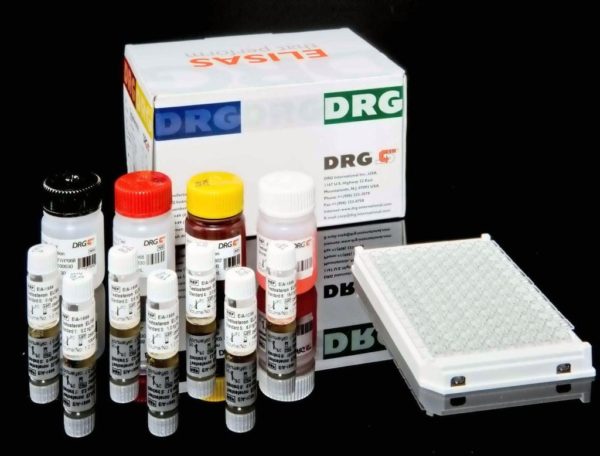Description
Entamoeba Ag Rapid Test (RAP-5405 and RAP-5406) chromatographic immunoassay is a procedure for in vitro qualitative detection of Entamoeba histolytica antigens in human stool samples. Entamoeba histolytica is the protozoan parasite responsible for dysentery and amebiasis. It is the third leading cause of morbidity and mortality due to parasitic disease in humans after malaria and schistosomiasis, and is estimated to be responsible for between 50000 and 100000 deaths every year. The life cycle of E. histolytica consists of an infective cyst stage and a multiplication trophozoite stage. Transmission of the infection occurs via ingestion of cysts, most often via food or water contaminated with human fecal matter. The disease may manifest itself as an acute, chronic or as an asymptomatic infection. Infection can lead to amoebic dysentery because of intestinal wall invasion by trophozoites, amoebic liver abscess and other extraintestinal lesions, resulting from spread of trophozoites from the intestine via the bloodstream. In recent years, a new understanding of this organism has lead to the recognition that two species actually exist within what was previously known as E. histolytica. Of these two organisms E. histolytica is the pathogenic, causing all invasive disease while the other, E. dispar is non pathogenic, as it is not capable of invading tissue. The two species are morphologically identical, so although diagnosis is usually performed by microscopic examination, it cannot differentiate them. Other techniques are required to detect specific antigens of each specie for an accurate diagnosis and to prevent unnecessary or inappropriate chemotherapy. The test is based on the immunological capture of colored microparticles as they move along a membrane on which the monoclonal antibody has been immobilized.
Entamoeba Ag Rapid Test (RAP-5405 and RAP-5406) use monoclonal antibodies specific for Entamoeba histolytica that detect all forms of the parasite during its life cycle.
The test is based on the use of red microspheres covalently linked to an anti-Entamoeba histolytica monoclonal antibody, plus blue microspheres as test control. The parasites present in stool samples react with the latex particles which are coated with specific monoclonal antibodies against the antigen. This latex particles/antibodies/parasite complex migrates through a chromatographic process towards the reaction area. In this area, anti-Entamoeba histolytica antibodies that react with the latex particles/antibodies/parasite complex are present. This reaction leads to the appearance of a red line. These lines are used to interpret the result after a five-minute incubation at room temperature




